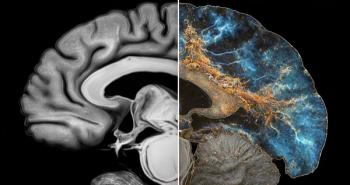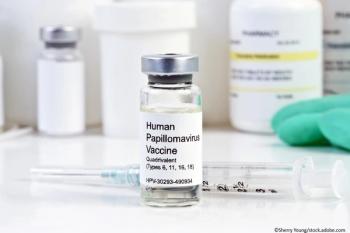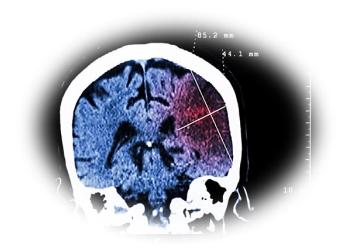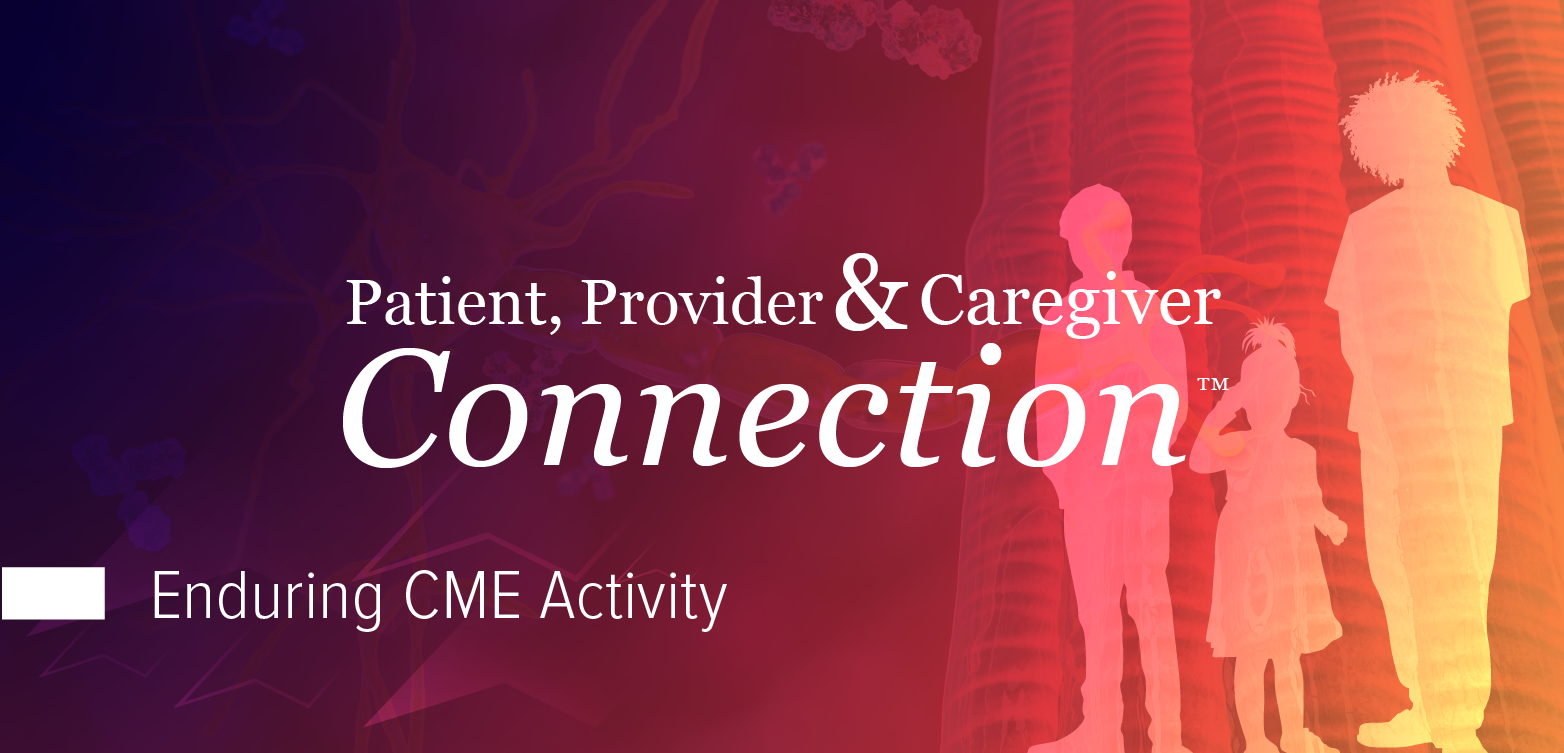
Bimagrumab + Semaglutide Highly Effective for Loss of Fat, Preservation of Muscle in Phase 2b BELIEVE Trial
ADA 2025: The combination of the GLP-1 RA and novel monoclonal antibody yielded 92.8% of total weight loss from fat mass and 22.1% decrease in baseline weight.
Landmark findings presented at the 85th Scientific Sessions of the American Diabetes Association in Chicago suggest that combining
In the Phase 2b BELIEVE trial, participants receiving a combination of bimagrumab, a monoclonal antibody that promotes muscle growth, and semaglutide experienced a significantly higher proportion of fat loss compared to those receiving either drug alone.2 Of the total body weight lost in the combination group, 92.8% was from fat mass, compared to 71.8% in the semaglutide-alone group. The combination resulted in a 22.1% overall weight reduction, compared to −10.8% for bimagrumab alone and −15.7% for semaglutide alone. Treatment with bimagrumab alone led to 100% of weight loss attributable to fat mass, along with a 2.5% gain in total lean mass.2
The andomized, double-blind, placebo-controlled, multicenter study BELIEVE Phase 2b trial evaluated the effects of bimagrumab, alone and in combination with semaglutide, in adults with overweight or obesity. First-in-class bimagrumab
targets activin type II receptors, promoting muscle preservation and growth.2
The 507 participants in BELIEVE received semaglutide as a once-weekly subcutaneous injection and/or bimagrumab administered via intravenous (IV) infusion at weeks 4, 16, 28, and 40. The primary endpoint was change in body weight from baseline. Secondary endpoints included changes in waist circumference, total body fat mass, visceral adipose tissue, and lean mass.2
“This study represents another major step forward in the evolution of obesity treatment, building on the significant weight loss benefits of semaglutide and combining it with bimagrumab to improve patient outcomes,” lead author Steven Heymsfield, MD, professor at Pennington Biomedical Research Center, Baton Rouge, LA, said in a statement. “These insights indicate that it is not only possible to achieve substantial fat loss, but also to preserve, or even enhance, lean mass in the process.” Ongoing research is evaluating bimagrumab in combination with tirzepatide to further assess its safety and efficacy.1
Tracking Muscle Loss During GLP-1 RA Therapy
The need to address lean mass loss during GLP-1 therapy is underscored by evidence showing that 15–40% of weight lost with GLP-1 receptor agonists may come from lean tissue.3 A second study presented at the ADA meeting as a late-breaking poster demonstrated the feasibility of a continuous protein biosensor designed to monitor phenylalanine—a biomarker for muscle breakdown and protein intake—during treatment.4 The sensor uses a DNA-based aptamer to detect phenylalanine concentrations within and beyond the physiologic range. In lab testing, the sensor showed a low detection limit of 4 µM/L and remained stable over 7 days, indicating potential for real-time monitoring of muscle loss and dietary protein intake.4
“GLP-1 medications have transformed the treatment of diabetes and obesity, but they can also increase the risk of muscle loss,” Rebecca Gottlieb, PhD, vice president of advanced sensor technologies at Biolinq and lead author of the sensor study, said in a statement.1 “While patients are advised to consume more protein to preserve muscle, it’s often difficult to know if they’re getting enough. That is why solutions to bridge this gap by providing real-time feedback are more important than ever — especially for those on GLP-1 therapies, older adults, or anyone managing sarcopenia.”1
Samar Hafida, MD, an adult endocrinologist at Joslin Diabetes Center in Boston and recently appointed vice president of of Obesity Association, a division of the ADA, emphasized the clinical significance of these findings. “As we enter a new era of obesity treatments, it’s vital to focus not just on the amount of weight lost, but on preserving muscle mass and gaining the health benefits that result from treating obesity,” Hafida said in a statement.1 “We are championing research to ensure people living with obesity can have access to effective treatments to reduce adiposity while maintaining muscle mass critical to their well-being, and supporting durable long-term outcomes.”
According to research by Fair Health published in May, the number of Americans taking incretin-based therapies, including GLP-1 RAs and dual glucose-dependent insulinotropic polypeptide/GLP-1 RAs has increased by 587% in the last 5 years, making the current research both timely and essential.
References
New GLP-1 therapies enhance quality of weight loss by improving muscle preservation. News release. American Diabetes Association. June 23, 2025. Accessed June 24, 2025. https://diabetes.org/newsroom/press-releases/new-glp-1-therapies-enhance-quality-weight-loss-improving-muscle-0
Heymsfield S, Aronne L. The BELIEVE Study: Bimagrumab and Semaglutide alone and in combination for the treatment of obesity. Study presented at: American Diabetes Association 85th Scientific Sessions; June 20-24, 2025; Chicago, IL.
Memel Z, Gold SL, Pearlman M, Muratore A, Martindale R.Impact of GLP-1 receptor agonist therapy in patients at high risk for sarcopenia. Curr Nutr Rep. 2025;14(1):63. doi:10.1007/s13668-025-00649-w
Obesity and GLP-1 drugs: a claims-based analysis. A FAIR Health White Paper, May 27, 2025. Accessed June 24, 2025. https://www.fairhealth.org/article/white-paper-on-obesity-and-glp-1-drugs-released-by-fair-health
Newsletter
Enhance your clinical practice with the Patient Care newsletter, offering the latest evidence-based guidelines, diagnostic insights, and treatment strategies for primary care physicians.



























































































































































































































































































